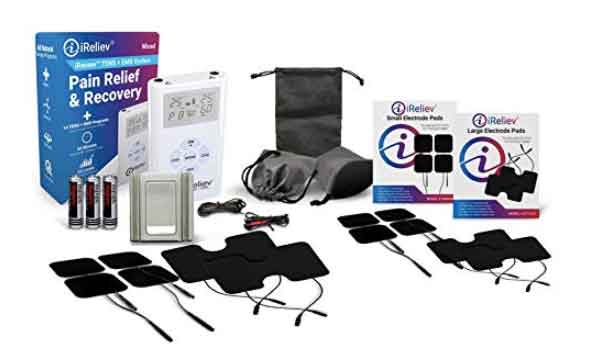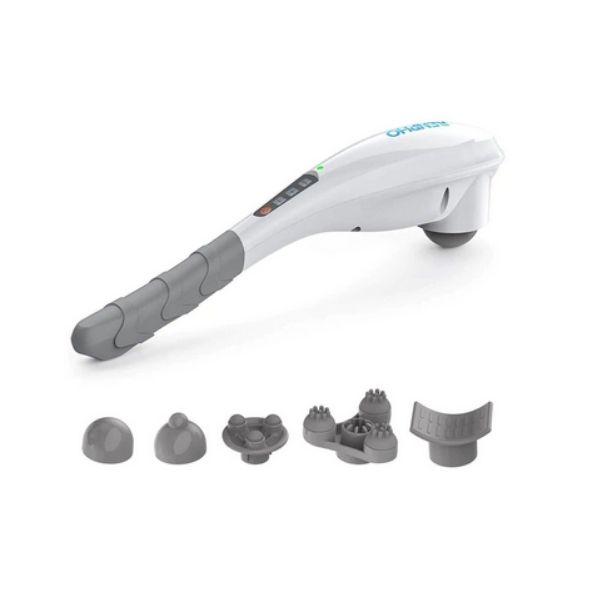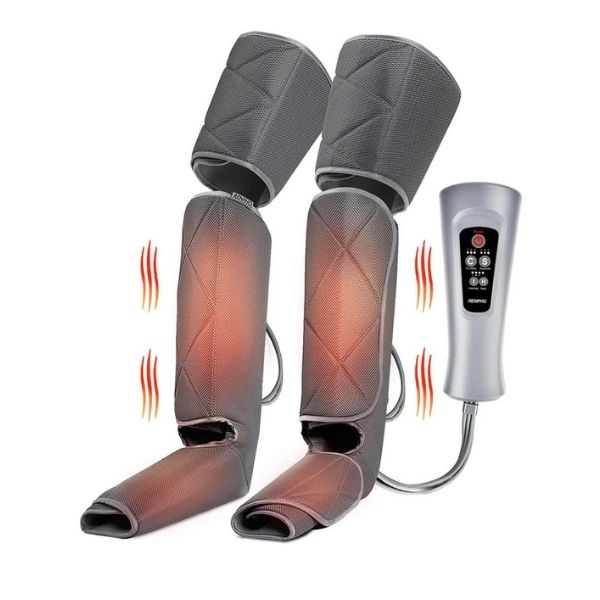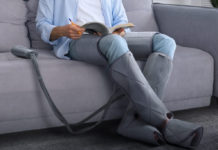Products are independently selected by our team. If you purchase a product in any article, Modern Neuropathy may get a small commission, which helps fund this content for you.
Restless legs syndrome is a condition where you generally feel an overwhelming need to move your legs, usually when sitting for long periods of time in a tight space, like an airplane seat or a theater, or when trying to rest or sleep. The exact feelings experienced may be different from one person to the next. Some people may feel twitchy or experience jerking movements. The uncomfortable sensations that come with restless legs syndrome can be unusual and difficult to describe, like creeping, crawling, tingling, and pulling.
If you find yourself describing your legs as crazy or nervous, chances are you have restless legs syndrome.
This disorder can be very frustrating for those who suffer from it. Movement will temporarily give some relief, but symptoms quickly return just moments later.
Restless legs syndrome over time can cause significant discomfort that disrupts sleep, leading to daytime sleepiness, difficulty concentrating, and mood issues.
Restless legs syndrome affects about 10% of Americans, with women twice as likely to have it than men (1), and more often starts in middle age or later. However, over one million school-age children have restless legs syndrome, as well (2). About 35% of adults with restless legs syndrome had symptoms before age 20 that worsened with time (3).
Symptoms of Restless Legs Syndrome
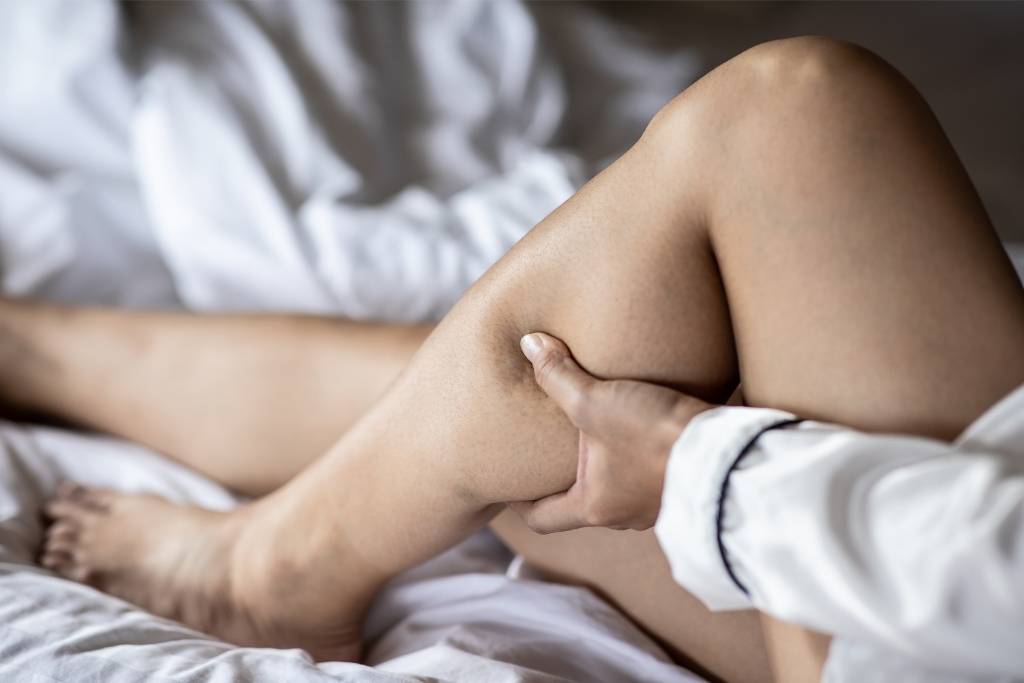
The overwhelming urge to move your legs is the most prominent symptom of restless legs syndrome that demands your attention. Because moving your legs relieves the discomfort, you may find yourself keeping your legs in motion, like pacing, shaking your legs while laying down or sitting, or tossing and turning in bed.
Sensations can happen on just one side of your body. But they are usually felt on both sides at the same time or alternating between the sides.
One classic feature of restless legs syndrome is that the symptoms are worse at night. This makes falling asleep or staying asleep difficult. Lack of sleep not only affects daytime energy and concentration, but eventually can lead to irritability, depression, a weak immune system, and other health problems.
The intensity of discomfort can vary from irritating to painful. Symptom frequency can also vary. Sometimes they may be felt only once or twice a week. In more severe cases, they may be felt almost daily.
What does it feel like?
The sensations of restless legs syndrome are strange and unpleasant. They can be different from one person to the next. The key symptom people with restless legs syndrome have in common is the overwhelming urge to move.
Other symptoms are described as:
- Aching
- Tingling
- Creeping or crawling
- Throbbing
- Tugging
- Itching
- Electrical current flow
What triggers symptoms?
Sometimes symptoms seem to appear out of nowhere, but sometimes symptoms can be related to particular triggers that either bring about the symptoms or make them more intense.
Some triggers of restless legs syndrome symptoms include:
- Sitting or resting for extended periods of time
- Alcohol
- Nicotine
- Stress
- Specific medications used to treat allergies (antihistamines), nausea, and mental health conditions (antidepressants and antipsychotics)
How is Restless Legs Syndrome Diagnosed?
There is no specific test for restless legs syndrome. The condition is diagnosed by a healthcare provider who will focus on the description of your symptoms.
A diagnosis of restless legs syndrome is based mainly on these conditions:
- A strong urge to move your legs along with abnormal sensations.
- The urge to move is temporarily or partially relieved by movement.
- The urge to move your legs starts or gets worse during inactivity.
- The urge to move is worse in the evening or at night while trying to sleep.
- There is no other condition causing the symptoms, such as kidney failure, pregnancy, or iron deficiency anemia.
Blood tests can check for iron or other nutritional deficiencies, or anything else of concern. Be sure to provide your healthcare provider with any over-the-counter and prescription medications or supplements you take. And tell your healthcare provider if you have any known chronic health conditions.
Causes of Restless Legs Syndrome
The cause of restless legs syndrome is a mystery, more often than not. Sometimes it is caused by another medical condition and other times it is not.
Conditions that can cause restless legs syndrome include:
- Late-stage kidney disease or kidney failure
- Iron deficiency
- Neuropathy (nerve damage)
- Multiple sclerosis
- Parkinson’s disease
- Pregnancy
- Some medications
Primary restless legs syndrome isn’t related to another condition and may include a genetic predisposition and an environmental trigger.
More than 40% of people with restless legs syndrome have family members with it too. There are five known gene variants related to the condition. As it is with gene expression, environmental factors may influence if the related condition is experienced or not.
Is There a Cure for Restless Legs Syndrome?
Generally, restless legs syndrome is a lifelong condition with no cure. However, lifestyle changes and therapies can control the disorder and minimize symptoms. Some people have periods of remission where the symptoms disappear for weeks, months, or even years.
Although, symptoms often eventually reappear if the lifestyle choices and therapies are not continually followed. If symptoms are mild and don’t affect sleep, the condition does not have to be treated.
Medications for Restless Legs Syndrome Treatment
Traditional treatments for restless legs syndrome include medications. These include:
- Medications that increase dopamine in your brain
- Opioids
- Muscle relaxers
- Sleep medications
- Medications that affect calcium channels, such as gabapentin and pregabalin
It is best to try other therapies and lifestyle changes before resorting to medications. Some of these medications are addictive, like opioids and sleep medications, or come with many side effects, like gabapentin and pregabalin. Medications that increase dopamine can make you develop resistance to this treatment over time.
Home Remedies for Restless Legs Syndrome
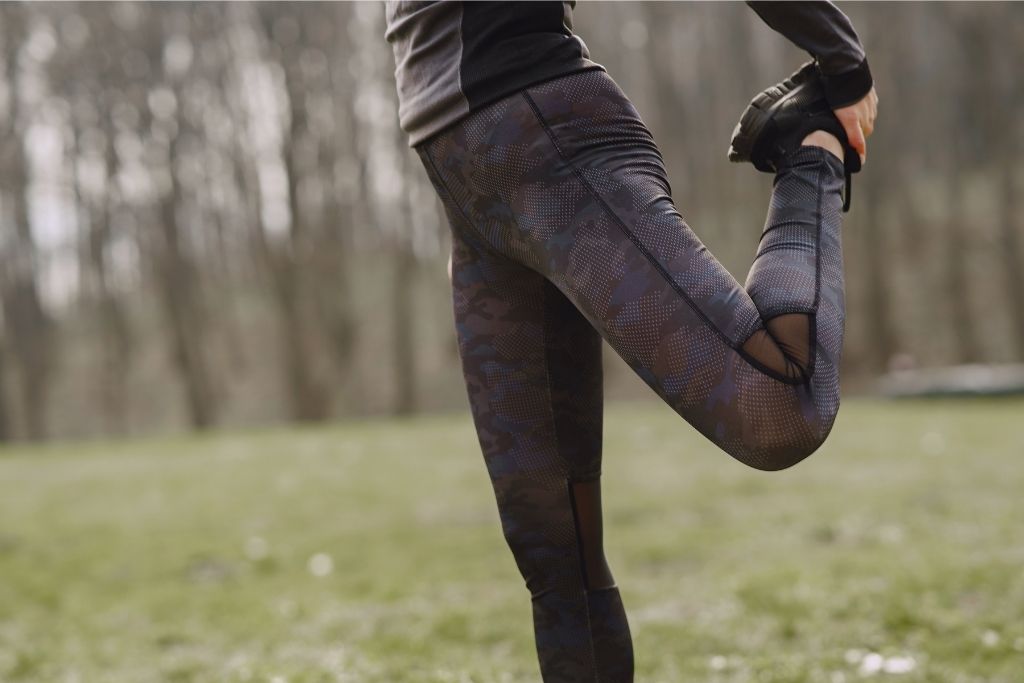
Fortunately, there are many home remedies that can help to lessen, or completely eliminate, symptoms of restless leg syndrome. It may take some persistence trying different remedies before finding what works for you. Oftentimes, it will take a combination of remedies and consistency to get the best results.
1. Rule out possible causes
As with most chronic conditions, the first step should be to figure out what is causing it. With restless legs syndrome, the cause may be out of your control. But looking for anything that is triggering your symptoms will go a long way to finding relief.
Lifestyle Factors
Using caffeine or alcohol and smoking can trigger or intensify symptoms (4).
Medications
Specific medications can cause restless legs syndrome or more the symptoms worse. Examples of medications include (5, 6, 7):
- Allergy medications (antihistamines), such as diphenhydramine (Benadryl), ranitidine (Zantac) and cimetidine (Tagamet)
- Depression and anxiety medications, such as fluoxetine (Prozac), sertraline (Zoloft), escitalopram (Lexapro), amitriptyline (Elavil), or amoxapine (Asendin)
- Psychotic medications, such as haloperidol (Haldol), or olanzapine (Zyprexa)
- Pain medications, such as tramadol (Ultram)
- Mood disorder medications, such as lithium (Lithobid)
Talk to your doctor about the medications you are taking, including over-the-counter medications, that may be causing or making your symptoms worse.
Health Conditions
Some conditions that can be related to restless legs syndrome can easily go undiagnosed. If you are experiencing symptoms of restless legs syndrome and are unsure of the cause, talk to your healthcare provider about testing for the conditions that may be related, such as:
- Kidney disease
- Nerve damage from diabetes or another course
- Iron deficiency anemia
If a healthcare provider is not readily accessible to you, testing at-home can help you to begin determining if you may have a condition that needs to be further tested or treated by a medical professional.
Tests for possible conditions related to restless legs syndrome include:
2. Supplement nutritional deficiencies

Nutritional deficiencies are thought to be one of the main causes of restless legs syndrome. A blood test can check for these deficiencies. This can be ordered by your healthcare provider, if you have one accessible. Or you can check for deficiencies using at-home health tests. If you test positive for deficiencies, supplements may be recommended.
Iron
Iron deficiency is one of the more common deficiencies that can cause restless legs syndrome, with studies showing that supplementation can help minimize the symptoms (7,8).
Test for iron deficiency at-home with Iron Test by Let’s Get Checked.
Vitamin D
Studies also suggest that vitamin D deficiency may be linked to restless leg syndrome (9). Levels of vitamin D are generally lower in people with the condition and may cause worse symptoms (10, 11).
Test for vitamin D deficiency at-home with Vitamin D Test by Thorne.
Magnesium
Magnesium is often used as a natural remedy for restless leg syndrome. Researchers contribute the improvement of symptoms from magnesium supplementation to its ability to relax your muscles by blocking calcium (12). This in turn helps to regulate your nerves and muscles. If your magnesium is low and calcium isn’t blocked, your nerves can become overactive and your muscles become triggered to contract.
Supplementing with magnesium is often suggested as a very effective treatment for many people suffering from the symptoms of restless legs syndrome (13).
Magnesium can be taken orally or used in a bath soak before bed.
3. Hot and cold therapy
While there isn’t much research conducted on the use of hot and cold therapy for restless legs syndrome, The National Sleep Foundation and the Restless Legs Syndrome Foundation both recommend them (14,15) for symptom relief.
This therapy is simple. Take a hot or cold bath before going to bed or apply hot or cold packs to your legs. To avoid worsening your condition, don’t use extreme temperatures and only use hot or cold therapy for approximately 10 minutes at a time.
4. TENS electrical therapy
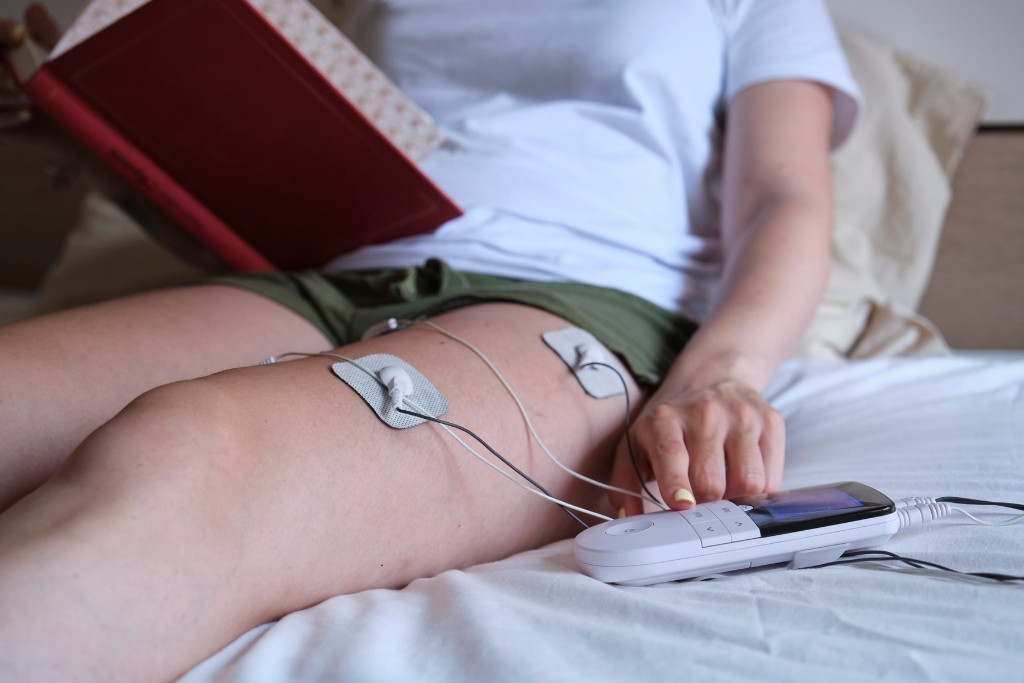
Transcutaneous electrical nerve stimulation (TENS) is a therapy that uses low voltage electrical current to provide relief from pain or other undesirable sensations. A TENS device sends electrical impulses through electrodes that you place on the surface of your skin near where you are experiencing symptoms.
TENS works in one of two ways.
- The electrical current stimulates nerve cells that block signals, which changes the way you feel them.
- Your level of endorphins, which are your natural pain-killing chemicals, are stimulated by the electrical current. These then block the way you feel sensations.
5. Massage
Studies show massage to reduce symptoms of restless legs syndrome by improving blood flow in the legs (16). Massage can also help you relax, which can improve your sleep. You don’t necessarily need a massage therapist (though they sure are a nice treat) to feel the benefits. You can simply self-massage your legs with your hands or a handheld massage device.
6. Vibration
Vibration devices work by sending vibratory pulses through your body. These pulses cause your muscles to expand and contract, similar to how they would during exercise. As a result, you get a similar type of stimulation and benefit as with exercise (17). One of the key benefits for the improvement of restless legs syndrome is increased blood circulation (18).
There are three types of vibration devices that are suitable for restless legs syndrome.
Check out our review: One of Our Favorite Floor Plate Vibration Devices
7. Stretching
In a 2016 study, people who suffered from restless legs syndrome had a decrease in symptoms after eight weeks of consistent stretching (19). Regular stretching helps to increase elasticity and reduce stiffness in your body. Any kind of leg stretches will help ease their tension. Create a short stretching routine you can do before bed to help avoid restless legs syndrome symptoms.
8. Exercise
Exercise should be included in any restless legs syndrome home remedy plan (20). A combination of moderate aerobic exercise and lower-body weight training three days a week reduced the symptoms by about 50%, a 2006 study found by Pennsylvania State University.
Walking, biking, and swimming are just some examples of aerobic exercise to work into your week. But don’t overdo it. A heavily vigorous workout can make symptoms worse. Nix running and other high-intensity, high-impact sports.
Not only does exercising help symptoms, but not exercising at all makes symptoms worse, according to a 2007 University of Kentucky College of Medicine study. If that doesn’t motivate you enough, maybe this will. Losing weight and belly fat is known to help with restless legs syndrome too. According to a 2009 Harvard Study, women with a body mass index (BMI) of 30 or more were 42% more likely to have restless legs syndrome than women who had lower BMI. Exercising is a win-win for weight loss and symptom relief.
9. Pressure therapy
Researchers have found pneumatic compression devices to improve restless legs symptoms, quality-of-life, and tiredness after one month of daily use (21).
So what is a pneumatic compression device? Basically, it’s like a blood pressure cuff for your legs. Wrapped around your legs, the device slowly feels with air until tight, and then slowly releases air. If you’ve ever had surgery, you may have had these on your legs during recovery to prevent blood clots. Used for restless legs syndrome, the purpose is to increase blood flow and improve the drainage of fluids that can cause problems in the lower legs.
These devices are available for at-home remedy use.
Check out this our review: Renpho Air Compression Leg Massager
10. Relaxation
Any number of things in our daily lives can cause stress, including constant worrying and repetitive negative thoughts. Over time, on-going stress leads to chronic inflammation of the immune system. In this state, your body is more temperamental and prone to increased discomfort and pain.
Incorporating short stress reduction techniques throughout your day can go a long way toward calming your nervous system and lessening undesirable nerve sensations.
Experiment with different techniques and schedules to find what works best for you. Here are some ideas to get you started.
Deep Breathing
The vagus nerve is the longest nerve in the body, connecting your brain to your body’s major organs. When this nerve is stimulated through deep breathing, it calms your nervous system and puts your body in a more relaxed state. Deep breathing stimulates the vagus nerve, but most people don’t breathe deeply enough. This is especially true when you’re emotionally or physically stressed.
Take a few minutes throughout the day to focus on slow, deep “belly” breathing to calm your nervous system. Here is how to do it.
- Breathe slowly through your nose until you feel full in your belly.
- Hold your breath for about the count of six.
- Then slowly exhale out through your mouth.Take your time exhaling, again for about the count of six.
Muscle Relaxation
People often don’t notice muscle tension until it causes pain. Regularly focusing on muscle relaxation helps to avoid pain and discomfort, or calm it once it has flared. Just a few minutes at bedtime is all you really need to train your muscles to relax.
While practicing muscle relaxation, focus on slow, deep breathing to help reduce your tension.
- Lay flat and begin at your head or toes.
- Tighten all of your muscles in one section at a time. Hold the muscle tight for several seconds and notice how they feel.
- Relax the muscle group and notice how the muscles feel relaxed. You might find it helpful to say the word “relax” after exhaling.
- Start at one end, tightening and relaxing groups of muscles one at a time.
10. Sleep hygiene
Not only can this condition make trying to sleep nightmarish, but tiredness from the lack of quality sleep can make your symptoms even worse. Working on improving the quality of your sleep is an important part of your restless legs syndrome home treatment plan. Try these tried and true tips.
Shut Off Your Cell Phone
Researchers at Wayne State University discovered that radiation from cell phones may interfere with your body making melatonin, a hormone that helps you fall asleep. Moreover, talking or scrolling through your cell before bed can ramp up parts of your brain that then keeps you from getting deep sleep. A general rule of thumb for getting restful sleep is to avoid anything other than intimacy and sleep while in your bed.
Cool Down Your Room
Sleeping in a room temperature between 60° to 65°F helps your body to be able to turn down your internal temperature, which is one key to getting deep and restful sleep.
Set a Sleep Schedule
Sleep studies have found that people following regular sleeping routines have less sleep problems than people who have less predictable times of sleeping and waking up. Researchers believe that sleeping on a routine schedule leads to healthy sleep-wake cycles, which is necessary for refreshing sleep.
Takeaways
The unyielding need to move your legs for relief, especially while resting in the evenings, is a key sign that you’re suffering from restless legs syndrome. While the condition has no cure, symptoms can be lessened or even resolved with simple changes. Create your own restless legs syndrome home remedy plan using the strategies you’ve learned that work best for you.
5 Best E-Stimulation Devices for Pain and Nerve Regeneration
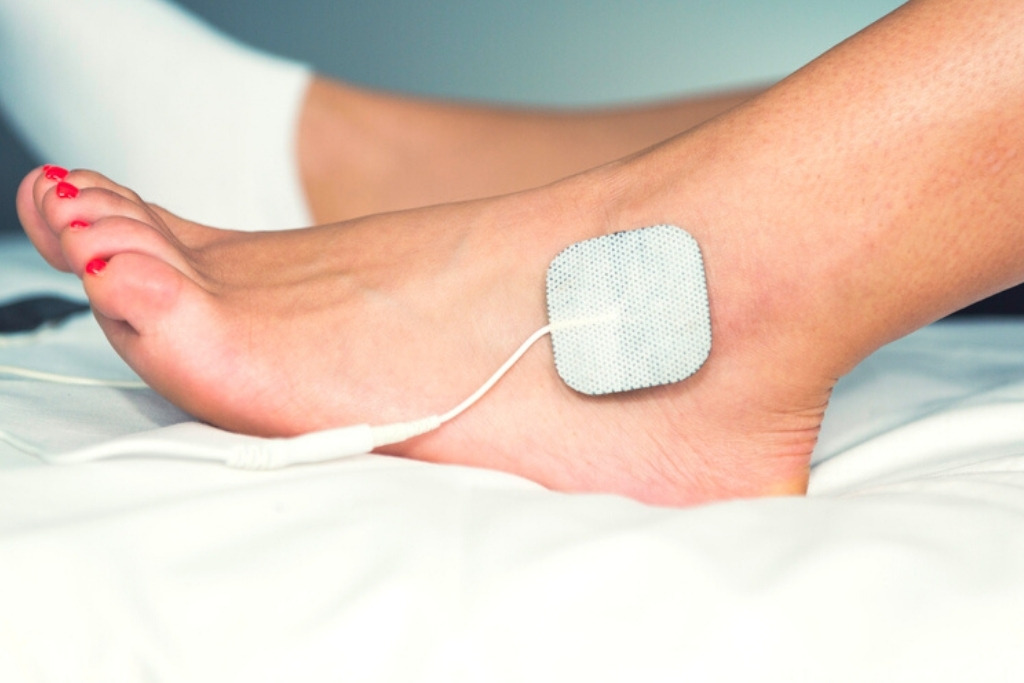
More and more research is showing that electronic stimulation is a viable therapy for damaged…
Does Vibration Therapy Work for Neuropathy?
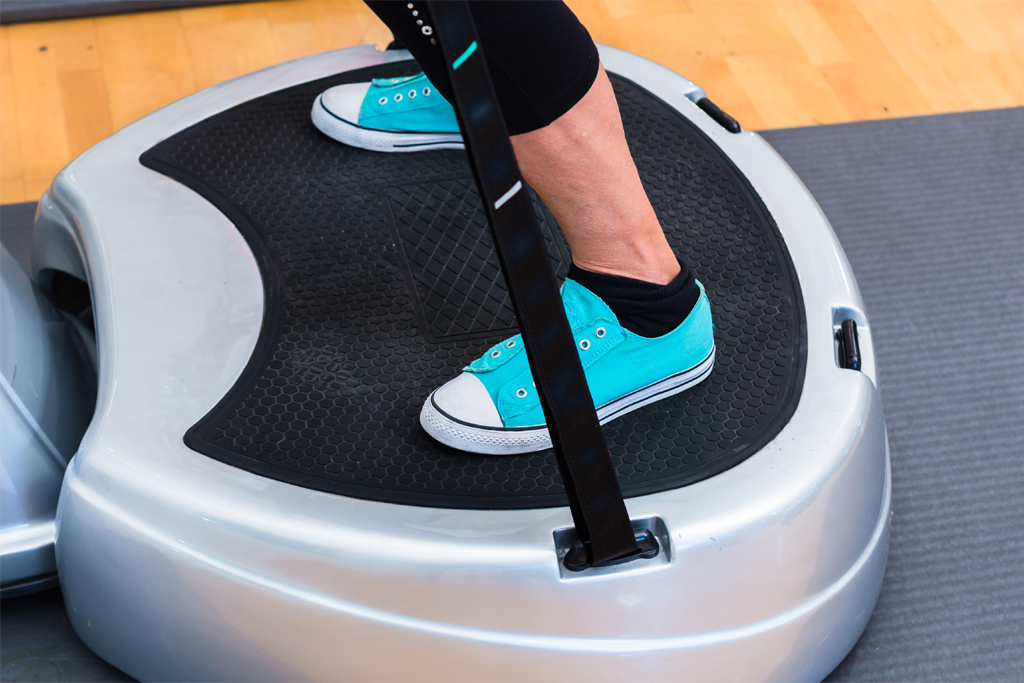
Peripheral nerve damage is a difficult condition to address. The standard treatments are effective (for…
This is How to Choose a Vibration Therapy Device
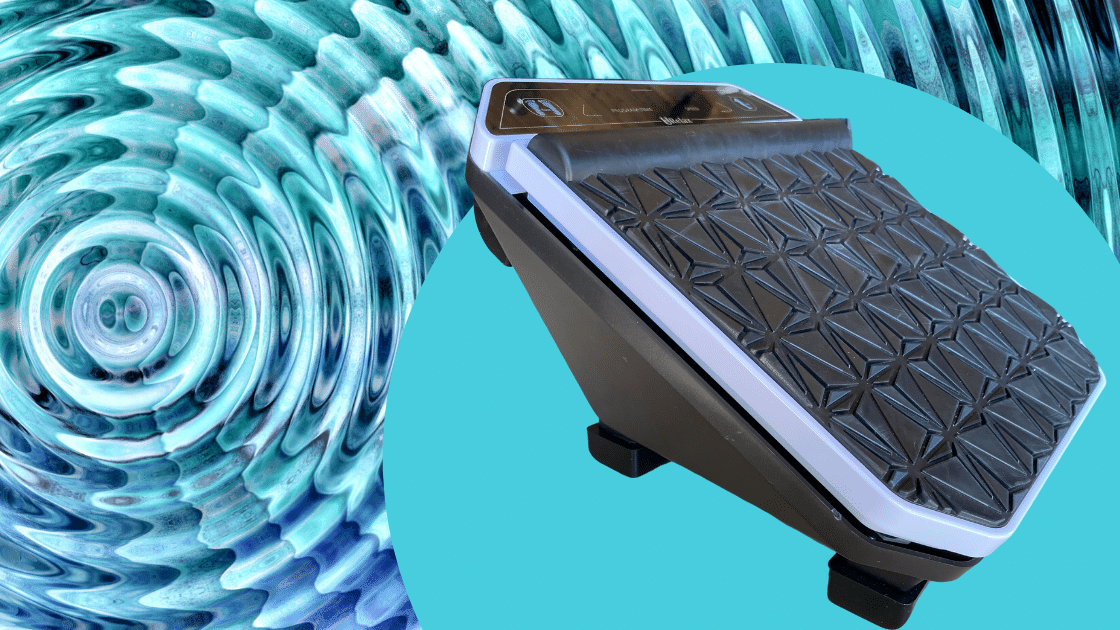
Vibration therapy is quickly gaining popularity for its ability to lessen the symptoms of peripheral…
Is Undetected Kidney Disease Causing You Uremic Neuropathy?
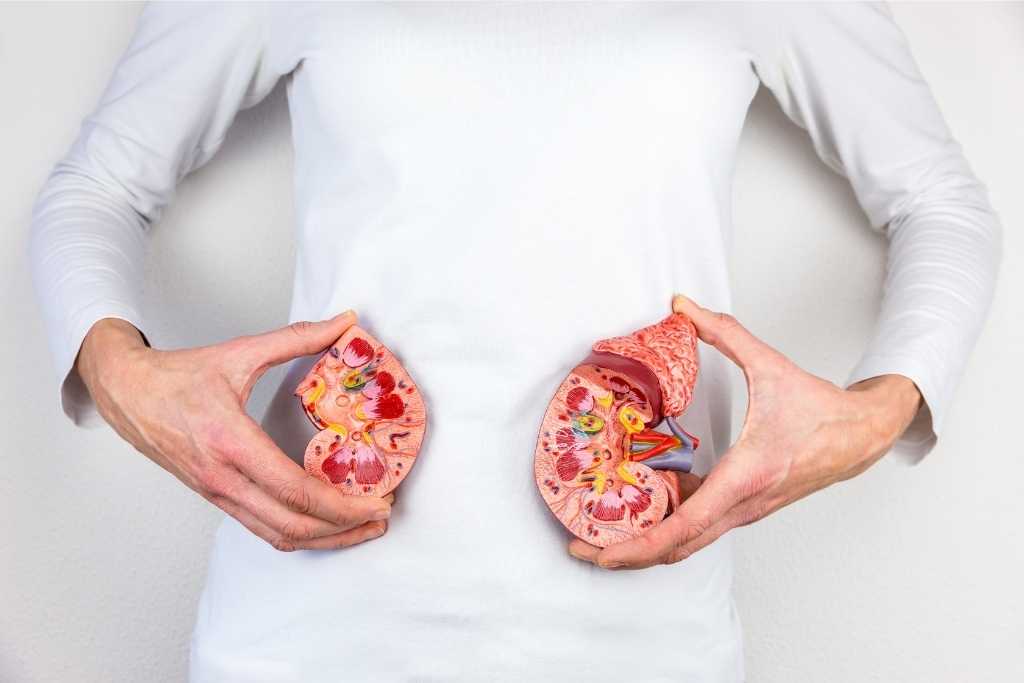
A shocking 30 million people in the United States are dealing with kidney disease, and…
Best Value Red Light Therapy Panel Goes to Mito
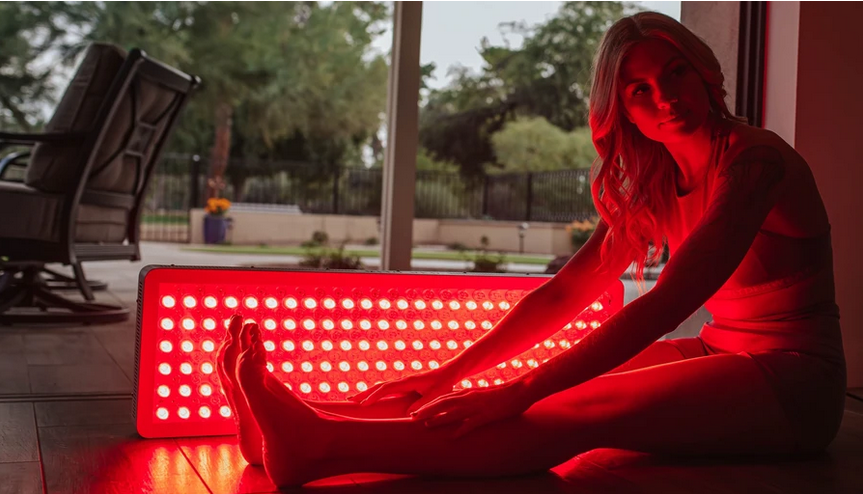
As the popularity of red light therapy has grown quickly over the past few years,…
Chronic Inflammation: The “Root” of Nerve Damage

Most of us think of the immune system as protection to keep us safe from…
How to Get Instant Relief for Twitchy Restless Legs

It’s the middle of the night, you’re exhausted and want to sleep. But your legs…
Renphro Air Compression: A Great Value for the Money
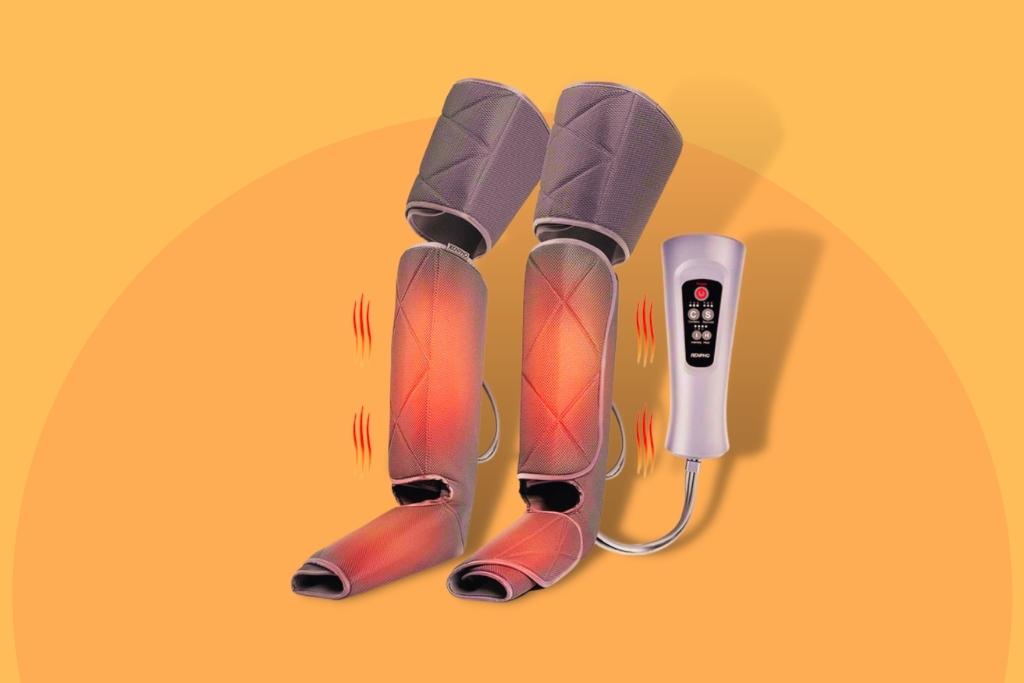
If you've ever had surgery, you've likely had compression boots, also called sleeves, on your…


